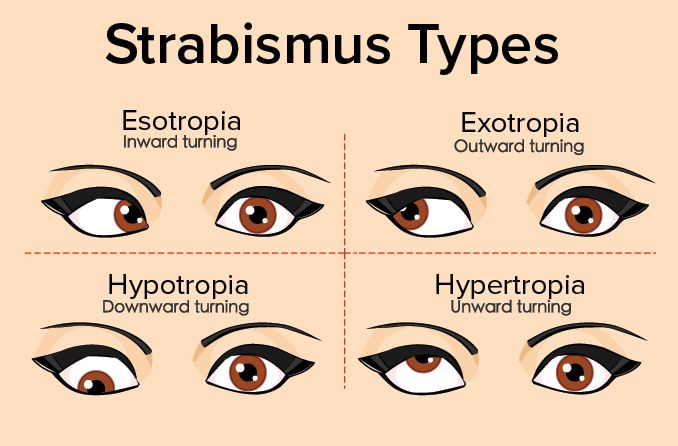Strabismus surgery recovery
How much time does it take for strabismus surgery recovery? One of the first questions arises in the minds of adults when they come to know that they will undergo strabismus surgery. It is good to know that the patients are even discharged on the same day and the surgery takes time between one to two hours.

Is strabismus surgery recovery difficult?
Well, it’s not that difficult process if you ask for the patients who go through this process. It is very normal for the eyes to feel itchy and mild pain. Patients may notice double vision, mild blurredness for a week. The eyes may feel crossed and will gradually come to the normal position within 3 to 4 days. However, the redness of the conjunctiva may go after a month. The redness fades away gradually and this can be noticed everyday. So no need to worry. The eyes may feel little glued. The doctors prescribe painkillers if the patient feels more pain in eyes.

Strabismus surgery recovery leading to normal life
However, patients become ready to do the normal activities of life after 14 days of surgery. The patients can do driving and swimming as well. The patients do icing regularly unless the soreness decreases. Doctors suggest patients to take painkillers regularly.
Well, while talking about strabismus surgery recovery, let’s unfold some terms and questions popping up in your mind. If you have just heard the term strabismus and know nothing about it, don’t worry let’s make it easier for you.
How image is normally formed in our eye?
Whenever we focus on the things we see them with the help of both of our eyes. The image formed on the retina of the eyes is generally formed at the same point. The neuro-ophthalmology of the image formation works in such a way that the signals of image formations are perceived by the higher parts of the brain from both eyes. This helps our brain to form in depth image with more clarity and depth perception.
What is strabismus?
Strabismus is one of the lazy eye conditions in which one eye does not correspond to another eye while doing movements. Hence when the one eye is aligned straight and normal, the other one does not point straight and either crosses outward or inward or upward or downward. Most common type of strabismus is the one in which one eye is crossed inward. In clinical terms it is known as esotropia. The outward deviation is exotropia. Hence strabismus is the breakdown of binocularity that results in double vision and confusion leading to the amblyopia (breakdown of binocularity and leading to shadowing of the image related ocular messages sent to brain by the eye showing strabismus).

How strabismus surgery occurs?
There are six muscles in each eye that control eye movements in all directions (upward, downward and rotatory movements etc.) . These muscles are superior rectus, inferior rectus, medial rectus, lateral rectus, superior oblique and inferior oblique muscle. The eyelids are gently held upward and eyes are rotated in such a way to access these ocular muscles. The muscles are detached and then reattached at slightly different position. More than one muscle is readjusted in the eyes.

When to choose strabismus surgery
The strabismus in children can be corrected by writing them correct prescription of the eyeglasses. It is seen on regular basis that the inward or outward deviations of eyeball can be corrected. So if your little baby’s eyes are crossing then plan a complete eye examination and visit the eye doctor. However in adults and in children if the strabismus is not corrected from patching, vision therapy, eye stretching and correction then ocular physicians suggest strabismus surgery.
Strabismus surgery insights
After preoperative assessments the patient is taken to the operating room. General anesthesia is given to the patients if they are children. However, for adults local anesthesia is the best choice.
The patients do not go for strabismus surgery if they have intermittent strabismus. Because the patients have some control over the muscles of weak eye. Hence there are many possibilities that these patients may recover from strabismus with vision therapy, correct correction with prisms or patching. The ocular physician’s advice patients to do non-surgical procedures first on regular basis.
Founder of EyesMatterMost- an optometry student who loves talking about eyes. I tend to cover topics related to optometry, ophthalmology, eye health, eyecare, eye cosmetics and everything in between. This website is a medium to educate my readers everything related to eyes.

